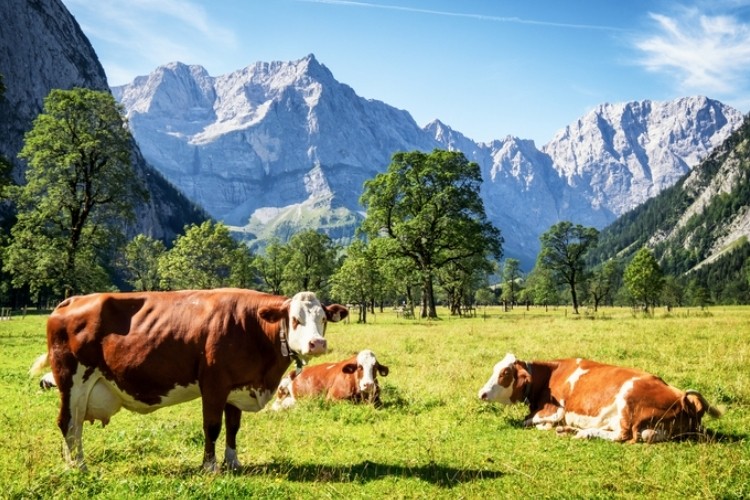TÜV SÜD survey: What’s hay milk?

German technical services company TÜV SÜD carried out a survey on hay milk, which shows consumers associate the name either with no particular quality criteria, or sometimes with incorrect information.
Food retailers in southern Germany and Austria have included hay milk in their product ranges for some time. And while awareness of the product is around 80% in neighboring Austria, it’s nowhere near that level in Germany.
Low recognition
According to TÜV SÜD, more than 70% of consumers surveyed continue to buy conventional full-fat or skimmed milk.
In Germany, only about 2% of consumers buy hay milk. One-quarter of consumers surveyed indicated that they do not know what makes hay milk, which commands a higher price in stores, a unique product.
The survey showed 23% of consumers interviewed believe the cows’ feed must come from traditional grass farming, while 5% stated hay milk must be produced without the use of silage. Around 10% of consumers associated the name “hay milk” with Austria, and 18% with ecologically controlled production.
Traditional EU product
The difference between conventional cows' milk and traditional hay milk lies in how the animals are fed. In conventional milk production, cows can be fed fermented fodder (e.g. corn silage), and moist or wet hay, whereas fermented fodder is not used in grass-based dairy farming.
By-products from distilleries, breweries or fruit pressing are prohibited in the production of hay milk. In spring and summer, cows are out on pasture grazing on herbs, grasses and leguminous plants. During the winter period they are exclusively fed on hay.
The animals may be fed bran or pellets with high mineral contents, e.g. from sugar production, or protein feeds from cereal processing. Concentrated feed is allowed, but is carefully regulated.
While hay milk is not necessarily organic, hay feeding affects the taste and composition of milk. For example, hay milk includes twice as many omega-3 fatty acids as standard milk.
Production of hay milk is a traditional kind of dairy production, however, the name ‘hay milk’ was not protected until 2016.
Since March 2016 – with a transition period until March 2018 – hay milk products that comply with the regulations of official hay milk bodies have been able to gain the EU-wide “Traditional specialities guaranteed (TSG)” label.




